Karl-Marx-Monument
One of the largest busts in the world celebrates the German city's erstwhile namesake.
This mammoth bust of Karl Marx stands in the center of Chemnitz, a city that during the days of the German Democratic Republic (DDR) in former East Germany was named Karl-Marx-Stadt (“stadt” meaning “city”). You may think that a city named after Karl Marx would have some connection to the socialist thinker, be it his birthplace or one-time residence or at least a place he liked traveling to. But this Saxony city has no connection whatsoever to the man who inspired the likes of Lenin’s Bolsheviks.
Rather, in 1953 the communist government decided to rename the city in honor of the 70th anniversary of Marx’s death. Not only that, it decided to erect an enormous bust of the icon in the center of town.
To this day, the bust is a landmark of the city—despite it being renamed Chemnitz once more after German reunification. The actual head is over 23 feet (7.1 meters) tall, and in total the bust weighs 40 tons and stands over 42 feet (13 meters), making it one of the largest busts in the world. On the bronze wall behind the hulking head the phrase “workers of the world, unite” is inscribed.
Officially called the Karl-Marx-Monument, the bust was designed by the Soviet sculptor Lev Kerbel, and the bronze pieces that comprise the wall—all 95 of them—were cast in Saint Petersburg, shipped on over, and welded into place before being unveiled in 1971. The iconic bust is locally referred to as “Nischel” (meaning “head” in the old Saxon dialect) and is a common meeting point amongst locals, many of whom often proudly and affectionately still refer to the city by its erstwhile moniker, Karl-Marx-Stadt.
Know Before You Go
The bust is open to everyone. It stands on the side of the road close to the city center.
Community Contributors
Added by
Edited by
Plan Your Trip
The Atlas Obscura Podcast is Back!







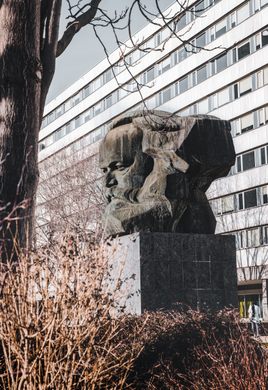


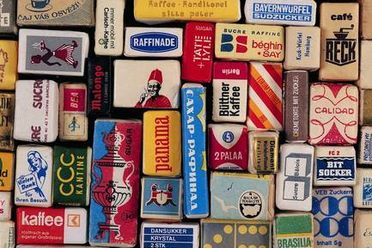




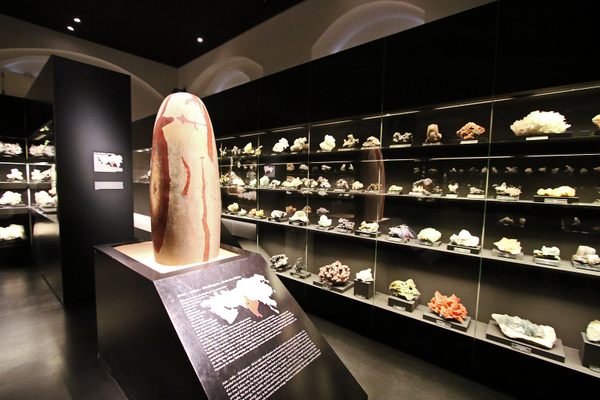
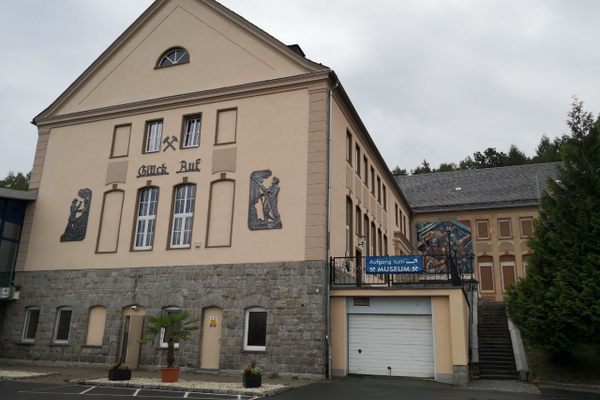
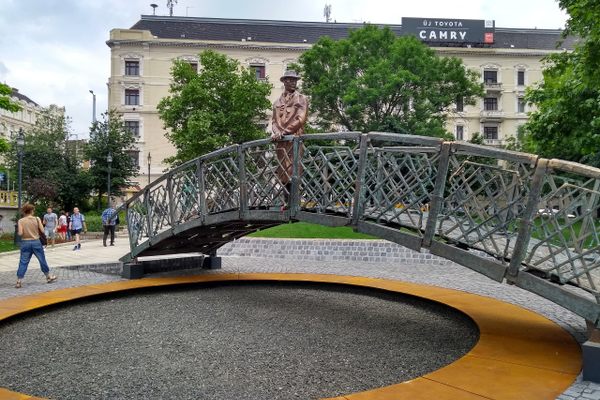




Follow us on Twitter to get the latest on the world's hidden wonders.
Like us on Facebook to get the latest on the world's hidden wonders.
Follow us on Twitter Like us on Facebook